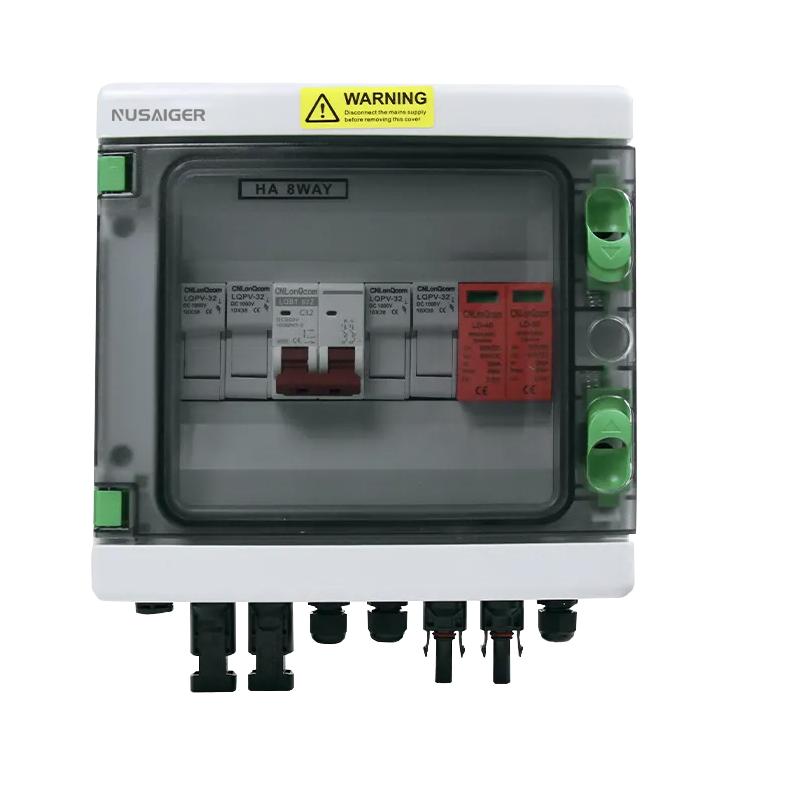The Ultimate Guide to Photovoltaic Combiner Boxes: Everything You Need to Know
Last Updated: August 7, 2025
Introduction
Photovoltaic (PV) combiner boxes are critical components in solar energy systems. These boxes consolidate multiple strings of solar panels into a single output, simplifying wiring and improving overall safety. In this guide, we will explore every aspect of PV combiner boxes—from their function and benefits to installation best practices and safety standards.
1. What is a Photovoltaic Combiner Box?
A PV combiner box is an electrical device that collects input from multiple solar panel strings and combines them into a single DC output. This box serves as an organizational and protection unit for photovoltaic installations. It usually includes fuses, circuit breakers, surge protection devices, and monitoring tools.
2. Key Components of a PV Combiner Box
- DC fuses or circuit breakers
- Surge protective devices (SPD)
- Busbars
- Disconnect switches
- Monitoring systems (optional)
Each of these components plays a vital role in ensuring the safe and efficient operation of a solar PV system.
3. Functions and Benefits
The primary function of a PV combiner box is to streamline the wiring process. It minimizes the number of cables running to the inverter, thereby reducing installation time and labor costs. Additionally, it offers protection against electrical faults and environmental elements.
4. Installation Best Practices
- Ensure proper enclosure ratings (NEMA 4X or IP65 for outdoor)
- Use UV-resistant and weatherproof materials
- Follow manufacturer instructions strictly
- Allow for future expandability and ease of maintenance
5. Safety and Compliance Standards
PV combiner boxes must comply with local and international standards such as UL 1741, IEC 61439, and NEC codes. Ensuring compliance not only guarantees safety but also facilitates approvals for installation and grid connection.
6. Monitoring and Smart Features
Modern combiner boxes often include monitoring features such as string-level current sensors and communication ports. These enable real-time monitoring of performance and help in early fault detection.
7. Environmental Considerations
PV combiner boxes installed in harsh environments should be tested for temperature resistance, UV protection, and waterproofing. Corrosion-resistant enclosures are essential for coastal or industrial installations.
8. Sizing and Selection Guide
Selecting the right PV combiner box depends on the number of strings, current rating, voltage rating, and type of protection required. Oversizing may lead to unnecessary costs, while undersizing can compromise system reliability.
9. Common Use Cases
- Residential rooftop solar systems
- Commercial solar plants
- Utility-scale solar farms
- Off-grid systems with battery storage
10. Conclusion
A photovoltaic combiner box is more than just a junction point—it is a vital component that ensures safety, simplifies system architecture, and improves efficiency. Whether you’re installing a small residential system or a large commercial array, choosing the right combiner box is crucial.
Investing in high-quality PV combiner boxes helps protect your solar assets and ensures long-term performance. Make sure to consult certified professionals and adhere to all regulatory requirements.



